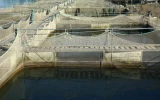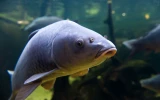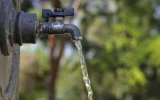Which Type of Pond is Best for Fish Farming? (and Why)
Have you ever wondered how fish farming is able to produce a significant portion of the world's seafood? The answer lies in the use of freshwater ponds. These ponds not only provide a place for fish to grow and thrive but also allow for easy management and harvesting. If you're looking to dive into the world of fish farming, a well-constructed pond is essential for success.
The best type of pond is the one that suits your fish farming needs. Earthen ponds are cost-effective but require extra effort to maintain. Concrete ponds are durable but can be costly. Tarpaulin ponds are best for small-scale fish farmers. Fiberglass tanks are easy to maintain, but the initial investment is high.
Some fish thrive better in one type of pond over another, while certain pond types may be more cost-effective or easier to manage. In this article, we'll explore the different types of ponds available for fish farming and delve into the advantages of each.
Summary
- When choosing the best pond type for your fish farming needs, consider factors like initial investment, maintenance requirements, and the environment or space available at the site.
- Compare the different pond types, their respective construction costs, and your available budget to help you choose the best one.
- A pond is a place where plants, insects, and birds come together to create a thriving ecosystem.
- A pond not only adds beauty to your home and the environment, but it also conserves water and protects natural resources.
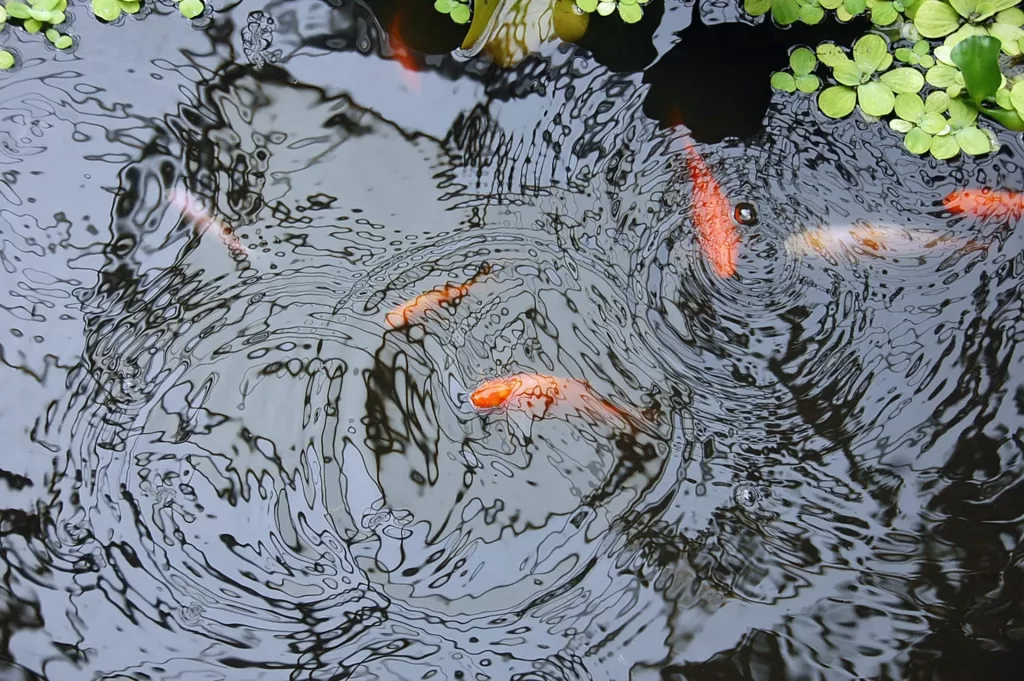
On this page:
Choose the Best Pond Type for Your Fish Farming Needs
One popular choice is the earthen pond, which closely mimics a fish's natural environment. They are cost-effective, but keep in mind that these ponds sometimes require additional effort to maintain water quality and prevent soil erosion.
Another option is the concrete pond, which provides a more controlled environment for fish farming. They are durable and easier to maintain, but they can be more expensive to construct. Concrete ponds are suitable for urban areas where space is limited.
Next, consider tarpaulin ponds, which are easy to set up and dismantle, making them a convenient choice for small-scale fish farmers or those just starting in the industry. However, tarpaulin ponds are not as durable as earthen or concrete options.
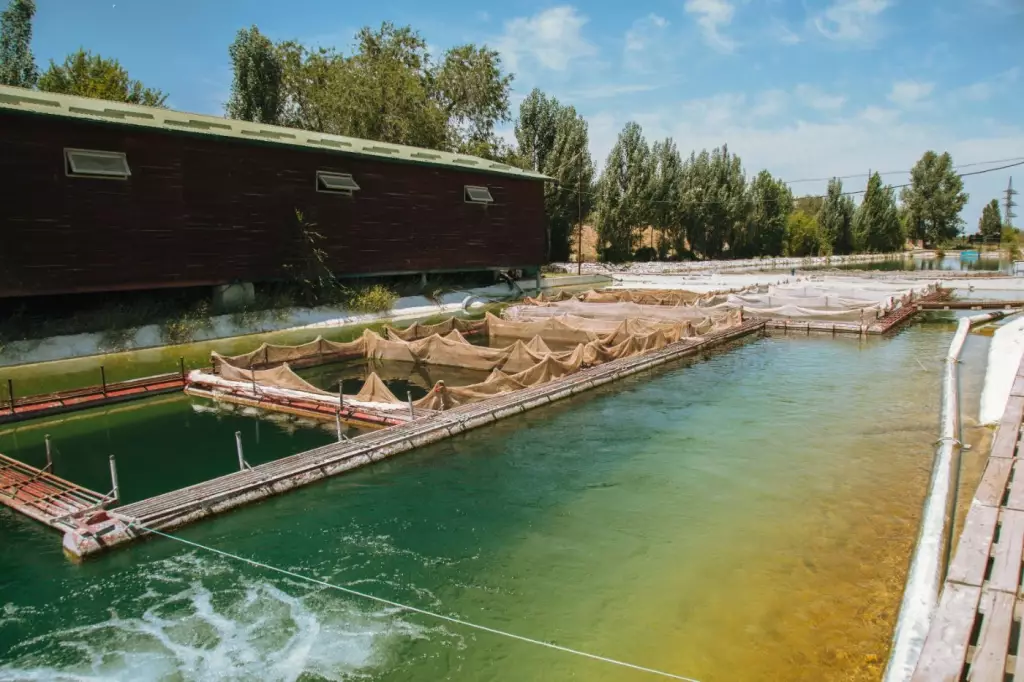
For a low-maintenance, durable option, fiberglass tanks are an excellent choice. They are easy to clean and maintain, and they offer a controlled environment for fish farming. Keep in mind, though, that the initial investment for fiberglass tanks can be high.
For fish farming in a larger body of water, such as a lake or a river, consider cage or pen ponds. This method allows fish to live in their natural environment, while still being contained for farming purposes. Cage or pen ponds can be more difficult to monitor and maintain, but they offer unique advantages for certain fish species.
Types of Ponds for Fish Farming
This section explores the most common pond types for fish farming and their benefits. It's important to choose the right type of pond for the success of your aquaculture project.
Earthen ponds are suitable for a wide range of fish species
Earthen ponds are the most natural and common type used for large-scale aquaculture. They are great for raising catfish, tilapia, carp, koi, and goldfish. They are relatively low cost and provide a natural environment for the fish. They are dug directly into the ground and usually require minimal construction.
To create an earthen pond, you'll need to dig out an area and use the soil to form the pond's sides. This type of pond offers a natural ecosystem, making it suitable for various fish species. Some advantages of earthen ponds include:
- Cost-effective construction
- Better water quality due to natural filtration
- Suitable for a wide range of fish species
| Pros of Earthen Ponds | Cons of Earthen Ponds |
|---|---|
| Cost-effective: Building an earthen pond is generally cheaper than other pond types | Soil erosion: If not properly designed, earthen ponds can suffer from soil erosion due to water movement, affecting water quality |
| Natural environment: Fish can thrive in a more natural habitat, promoting healthier growth and reproduction | Difficult to control water parameters: Managing water quality, such as pH and temperature, can be more challenging than in other pond types |
| Large-scale farming: Earthen ponds are suitable for large-scale fish farming as they can be built on a large scale with ease | Additional maintenance: Earthen ponds can require extra efforts to maintain, such as removing aquatic weeds and predators |
Concrete ponds are durable but can be expensive to build
Concrete ponds offer more flexibility in design and shape. They are built using reinforced concrete and can be constructed either above or below ground. Concrete ponds offer several benefits, such as:
- Easy access for cleaning and maintenance
- Better control over water quality
- Long-lasting and durable construction
Concrete ponds offer a more controlled environment for fish farming compared to earthen ponds, making them an appealing option for some. However, they can be more expensive to build and maintain compared to earthen ponds.
| Pros of Concrete Ponds | Cons of Concrete Ponds |
|---|---|
| Easy to regulate: Concrete ponds provide better control over water quality and temperature, ensuring optimal conditions for fish growth | Higher initial costs: Building concrete ponds can be more expensive when compared to earthen ponds |
| Long-lasting: Properly built concrete ponds are durable and can last for years with minimal maintenance | Potential stress for fish: The unnatural environment of concrete ponds might cause stress to fish and affect their health |
| Minimal predators: The structure of concrete ponds makes it difficult for unwanted predators to access |
Plastic-lined ponds are suitable for locations with poor soil quality
Plastic-lined ponds, also known as tarpaulin ponds or geomembrane ponds, are constructed using a waterproof liner. This type of pond allows for temporary or permanent installations and can be created in various shapes and sizes. They consist of dug-out holes in the ground that are lined with heavy-duty, reinforced plastic to hold water. Some features of plastic-lined ponds include:
- Easy installation and removal
- Lower cost compared to concrete ponds
- Suitable for locations with poor soil quality or areas prone to seepage
| Pros of Plastic-Lined Ponds | Cons of Plastic-Lined Ponds |
|---|---|
| Control over water quality: Like concrete ponds, plastic-lined ponds allow for better management of water parameters | Liner durability: Over time, the plastic liner may degrade and require replacement |
| Less soil erosion: The plastic liner helps prevent soil erosion and keeps water clean | Limited size options: Plastic-lined ponds might not be the best choice for large-scale fish farming due to size limitations |
| Quick to construct: Plastic-lined ponds can be installed relatively quickly and easily compared to concrete ponds |
Above-ground ponds are often used for intensive fish production
Above-ground ponds, such as fiberglass tanks or rubber ponds, are typically smaller in size and can be installed in various locations. They are constructed above the soil's surface and can be made of various materials, such as fiberglass, rigid plastic, or metal. These ponds are often used for urban fish farming or intensive fish production. Advantages of above-ground ponds include:
- Minimal space requirements
- Better control over environmental conditions
- Easier to monitor and harvest fish
| Pros of Above-Ground Ponds | Cons of Above-Ground Ponds |
|---|---|
| Easy to monitor: Above-ground ponds make it convenient to observe fish and check water quality at any time | Smaller scale farming: Above-ground ponds are often more suitable for small-scale fish farming due to their size restrictions |
| Portable and flexible: These ponds can be repositioned or resized as needed, offering greater flexibility | Insulation challenges: Managing water temperature can be more difficult than in-ground ponds, which utilize the earth's insulation |
| Less soil interaction: Above-ground ponds eliminate the risks of soil erosion and contamination, promoting cleaner water | Aesthetic considerations: Above-ground ponds might not be the most visually appealing choice for your property |
Consider These Factors When Choosing A Pond Type
Consider the water quality, construction cost, maintenance, climate and location, and type of fish species you will grow, so you can determine the most appropriate pond for your fish farming needs.
Water quality must be maintained
It's essential to monitor and maintain the water quality throughout the farming process for the well-being of your fish. Ensure that the water in your chosen pond:
- Has adequate sources of water supply
- Is free from pollutants
- Has a suitable pH level for the fish species you plan to farm
Construction cost of the pond
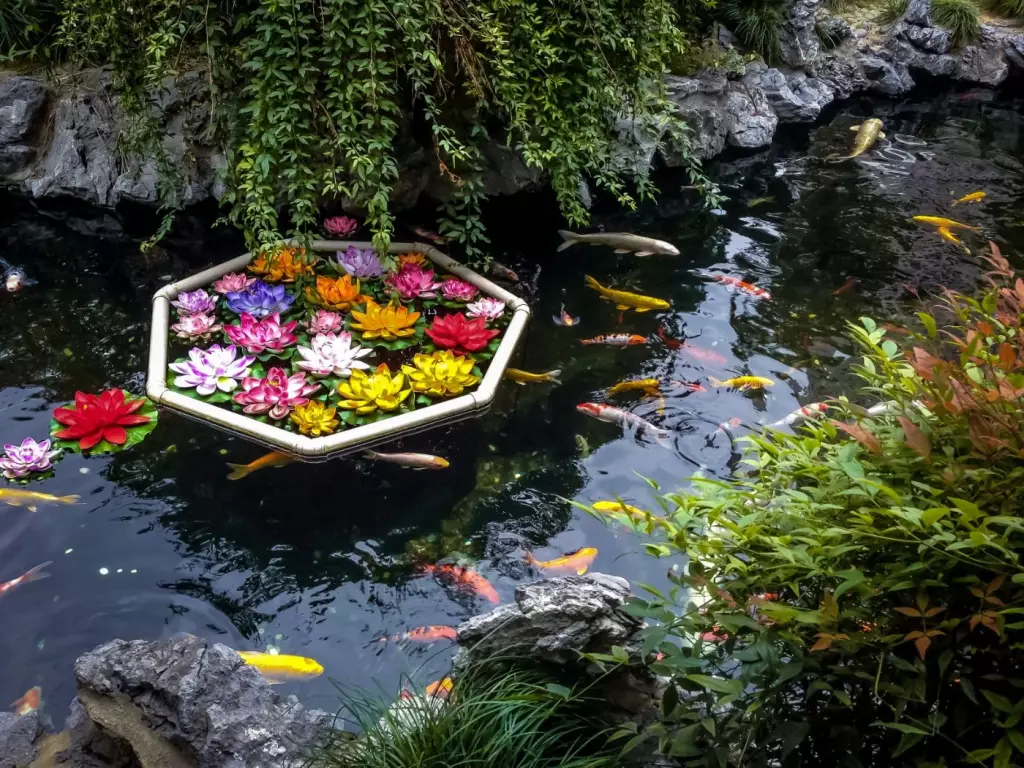
Factor in the initial expense of constructing your fish pond:
- The size and complexity of the pond
- Any necessary infrastructure, such as water supply and filtration systems
- The rates charged by pond construction professionals in your area
Maintenance requirements of the pond
Consider a pond type with maintenance requirements that match your available time, resources, and personal preferences. Observe the following:
- Regular cleaning to remove debris and prevent the buildup of harmful substances
- Liming to maintain appropriate pH levels so your fish thrive
- Repairing any damage, such as erosion or leaks
Climate and location of your pond
Take into account the climate and topography of the region where the pond will be constructed:
- Choose a pond type more suited to the area's rainfall and weather patterns, such as a watershed pond system for regions with consistent rainfall.
- Topography affects the required pond construction method and cost.
Type of fish species to grow in your pond
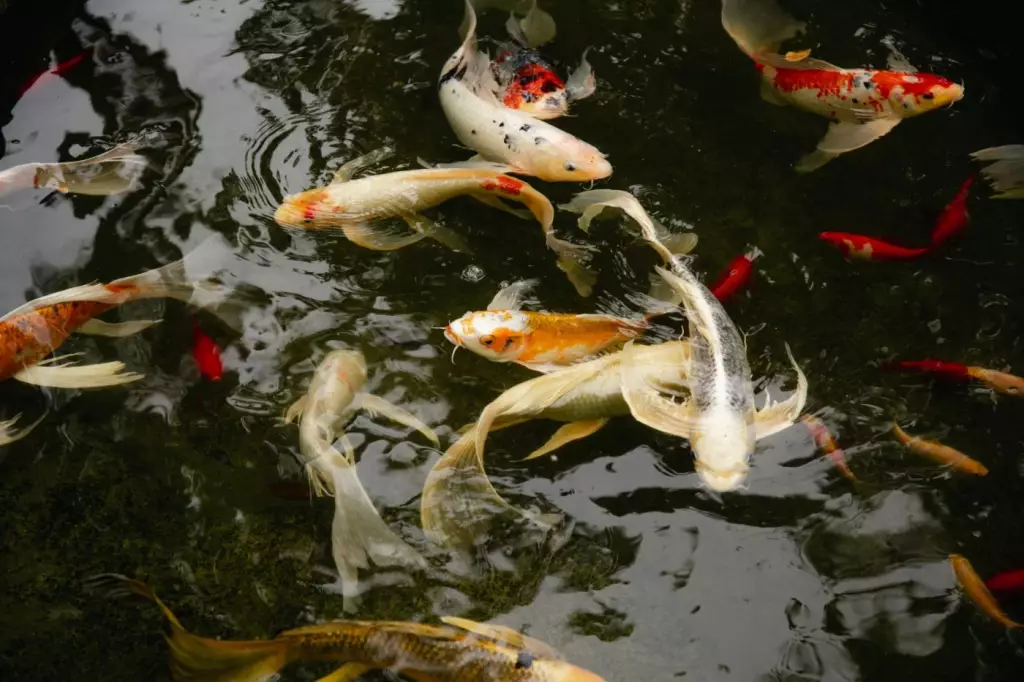
Your fish farming goals will inform the ideal pond type:
- Research fish species compatible with the pond's water quality, climate, and other environmental factors
- Be aware of any regulations for raising specific fish species in your region
- Plan for potential pond expansions or changes, should your choice of fish species or your goals for your farm change over time.

